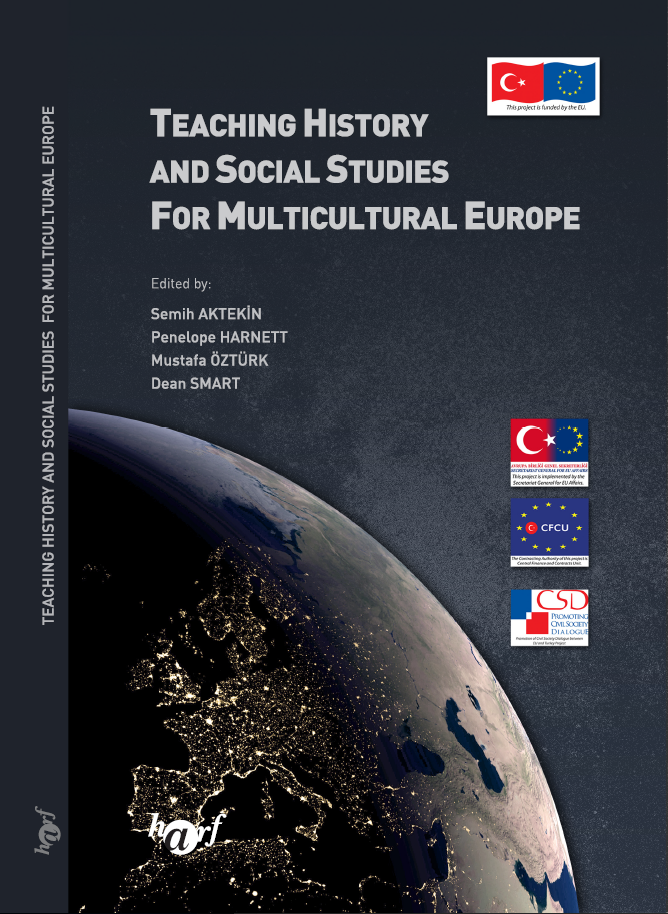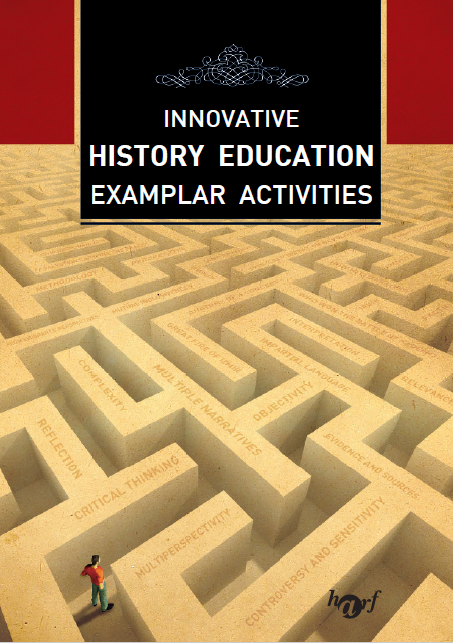This guide is a product of the Monument(al) Challenges project and the result of extensive research and consultation with educators, teacher educators, student teachers, and museum educators.
In this teacher’s guide, we have compiled some challenging situations that educators may encounter when implementing the lessons from the Monumental Challenges Toolkit. This guide aims to better support the implementation of the Toolkit in the classroom and offer educators some guidance on how to navigate these critical incidents that might happen in the classroom. Please note that the answers to these questions may not be applicable in all scenarios, as cultural, social, and political contexts must be considered, as they intersect in all classroom settings. These answers are designed as guidance for educators and do not provide definite answers to the questions posed. However, they might provide a starting point and offer guidance and support for those hesitant to adopt a place-based learning approach.
Funded by the European Union. Views and opinions expressed are however those of the author(s) only and do not necessarily reflect those of the European Union or the European Education and Culture Executive Agency (EACEA). Neither the European Union nor EACEA can be held responsible for them.





